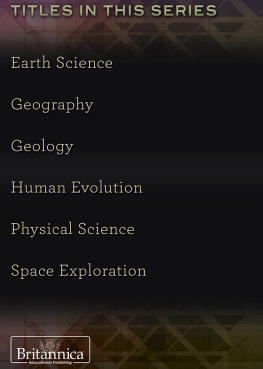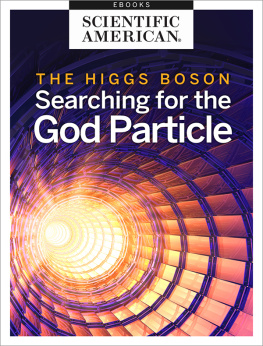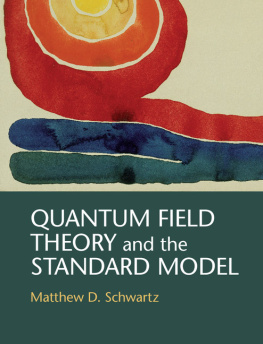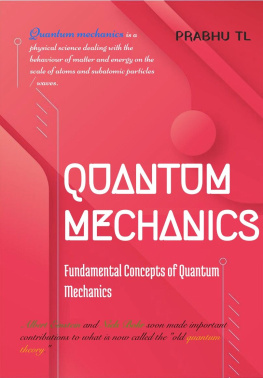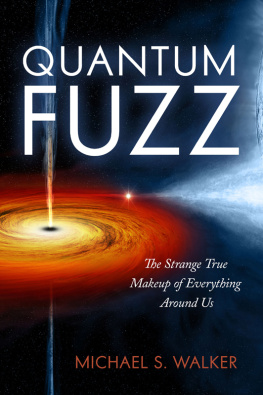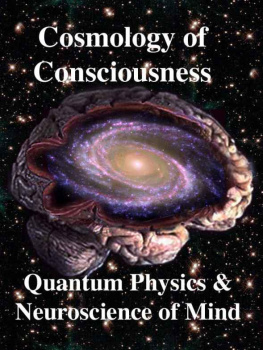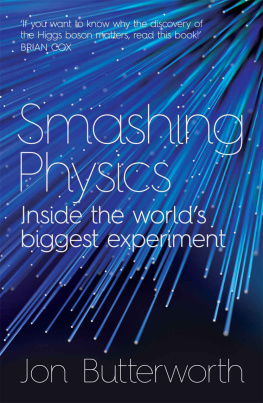

Published in 2017 by Britannica Educational Publishing (a trademark of Encyclopdia Britannica, Inc.) in association with The Rosen Publishing Group, Inc.
29 East 21st Street, New York, NY 10010
Copyright 2017 by Encyclopdia Britannica, Inc. Britannica, Encyclopdia Britannica, and the Thistle logo are registered trademarks of Encyclopdia Britannica, Inc. All rights reserved.
Rosen Publishing materials copyright 2017 The Rosen Publishing Group, Inc. All rights reserved
Distributed exclusively by Rosen Publishing.
To see additional Britannica Educational Publishing titles, go to rosenpublishing.com.
First Edition
Britannica Educational Publishing
J.E. Luebering: Executive Director, Core Editorial
Anthony L. Green: Editor, Comptons by Britannica
Rosen Publishing
Kathy Campbell: Senior Editor
Nelson S: Art Director
Brian Garvey: Designer
Cindy Reiman: Photography Manager
Bruce Donnola: Photo Researcher
Introduction, conclusion, and supplementary text by Linda Bickerstaff
Library of Congress Cataloging-in-Publication Data
Names: Kuhtz, Russell, editor.
Title: Physical science / edited by Russell Kuhtz.
Description: First edition. | New York : Britannica Educational Publishing in Association with Rosen Educational Services, 2017. | Series: The study of science |
Audience: Grades 7-12. | Includes bibliographical references and index.
Identifiers: LCCN 2016020886 | ISBN 9781508103516 (eBook)
Subjects: LCSH: Science History Juvenile literature. | Technology History Juvenile literature. Classification: LCC Q126.4 .P49 2017 | DDC 500.209 dc
LC record available at https://lccn.loc.gov/2016020886
Photo credits: Peter Macdiarmid/Getty Images; cover and interior pages backgrounds and borders iStockphoto.com/LuMaxArt.
CONTENTS

The Laser Interferometer Gravitational - Wave Observatory (LIGO) detected the merging of two black holes on September 14, 2015, which is depicted in this image. Astronomy is a field of study in physical science.
Albert Einstein, Marie Curie, and Edwin Hubble, people whose names are familiar to most teenagers, had many personal characteristics in common. They were all very intelligent individuals who actively pursued educations to support their interests. Each was curious about the natural world, and persistent in looking for answers to satisfy that curiosity. Each also believed in thinking outside the box. Besides having these personal characteristics in common, all three were scientists physical scientists to be exact. Scientists are people who gain knowledge by observing natural events. They use their observations to identify questions about phenomena, and then develop a possible explanation called a hypothesis, to test their ideas. Testing hypotheses is an important way for scientists to gather data to develop, support, or challenge scientific theories. A scientific theory is an explanation of an observation or a natural phenomenon and is based on and supported by a large body of evidence.
Physical scientists study aspects of the inorganic (nonliving) world, whereas the study of the organic, or living, world is the realm of biological scientists. Physical scientists usually specialize in one of four major areas of study: astronomy, physics, chemistry, or earth science. This book will look in depth at the historical development of the first three of these disciplines.
Albert Einstein was a physicist whereas Edwin Hubble was primarily an astronomer. Marie Curie was both a physicist and a chemist by training. Modern physics, to which both Einstein and Curie devoted their lives, originated in the mid -19th century. It was an amalgam, or combination, of several areas of study from previous centuries namely mechanics, the study of motion; optics, the study of light and its properties; and acoustics, the study of sound. The properties of electricity, magnetism, and heat, as well as the physical properties of matter, were also absorbed as areas of study in modern physics.
The boundaries between physics and chemistry are frequently blurred. Physics is concerned largely with the structure and behavior of individual atoms and their components, whereas chemistry focuses on how types of matter interact with one another and change into different substances. Chemists tend to be more interested in the specific properties of different elements and compounds. Physicists are concerned with general properties shared by all matter.
Astronomy is the science of the entire universe beyond the Earth. It includes the study of the origin and evolution of the universe (cosmology) and objects such as the Moon, the Sun, planets, galaxies, nebulae, black holes, and a multitude of other extraordinary entities. It is also concerned with celestial mechanics, the science of the motion of planets and other solid objects. A host of remarkable astronomers, including the legendary Hubble, have shown that the universe is far larger than was originally thought. There are billions of galaxies extending beyond our own Milky Way galaxy. They stretch for distances that are practically incomprehensible. Astronomy is among the oldest of the sciences and yet it still has many frontiers to conquer in the 21st century.
Astronomy, physics, and chemistry have developed phenomenally since their births in antiquity. The chapters of this book will follow this evolution and will project the future of the physical sciences in the 21st century.
T he physical sciences ultimately derive from the rationalistic materialism that emerged in classical Greece, itself an outgrowth of magical and mythical views of the world. The Greek philosophers of the 6th and 5th centuries BCE abandoned the animism of the poets and explained the world in terms of ordinarily observable natural processes. These early philosophers posed the broad questions that still underlie science: How did the world order emerge from chaos? What is the origin of multitude and variety in the world? How can motion and change be accounted for? What is the underlying relation between form and matter? Greek philosophy answered these questions in terms that provided the framework for science for more than 2,000 years.
Western astronomy had its origins in Egypt and Mesopotamia. Egyptian astronomy, which was neither a very well - developed nor an influential area of study, was largely concerned with time reckoning. Its main lasting contribution was the civil calendar of 365 days, consisting of 12 months of 30 days each and five additional festival days at the end of each year. This calendar played an important role in the history of astronomy, allowing astronomers to calculate the number of days between any two sets of observations.
Babylonian astronomy, dating back to about 1800 BCE, constitutes one of the earliest systematic, scientific treatments of the physical world. In contrast to the Egyptians, the Babylonians were interested in the accurate prediction of astronomical phenomena, especially the first appearance of the new Moon. Using the zodiac as a reference, by the 4th century BCE , they developed a complex system of arithmetic progressions and methods of approximation by which they were able to predict first appearances. At no point in the Babylonian astronomical literature is there the least evidence of the use of geometric models. The mass of observations they collected and their mathematical methods were important contributions to the later flowering of astronomy among the Greeks.

